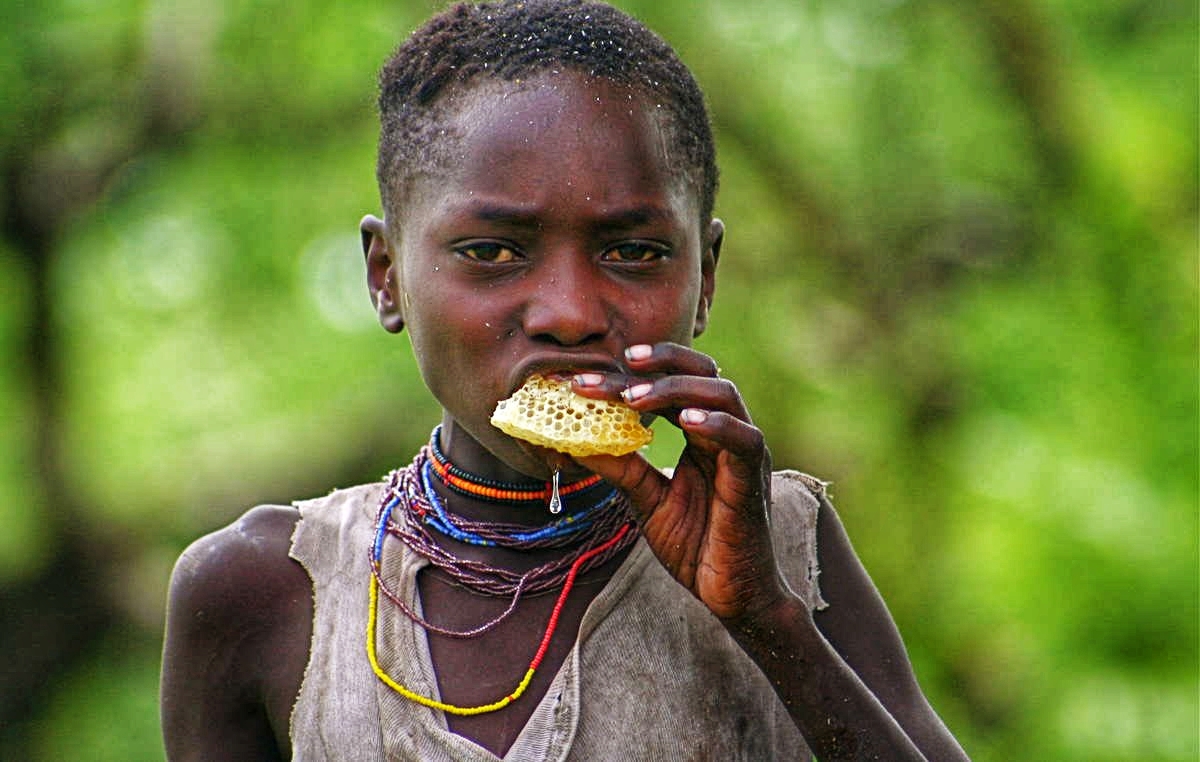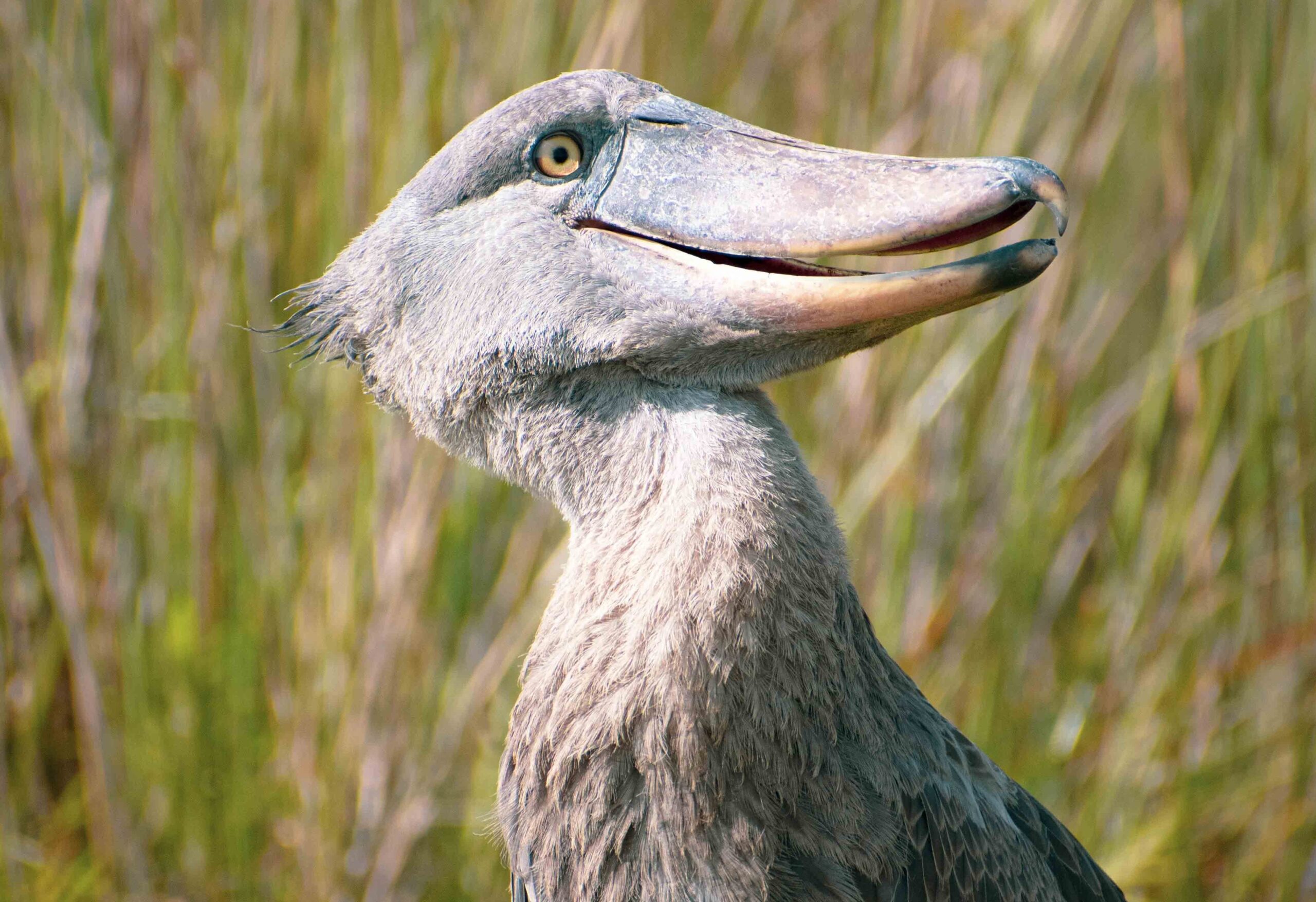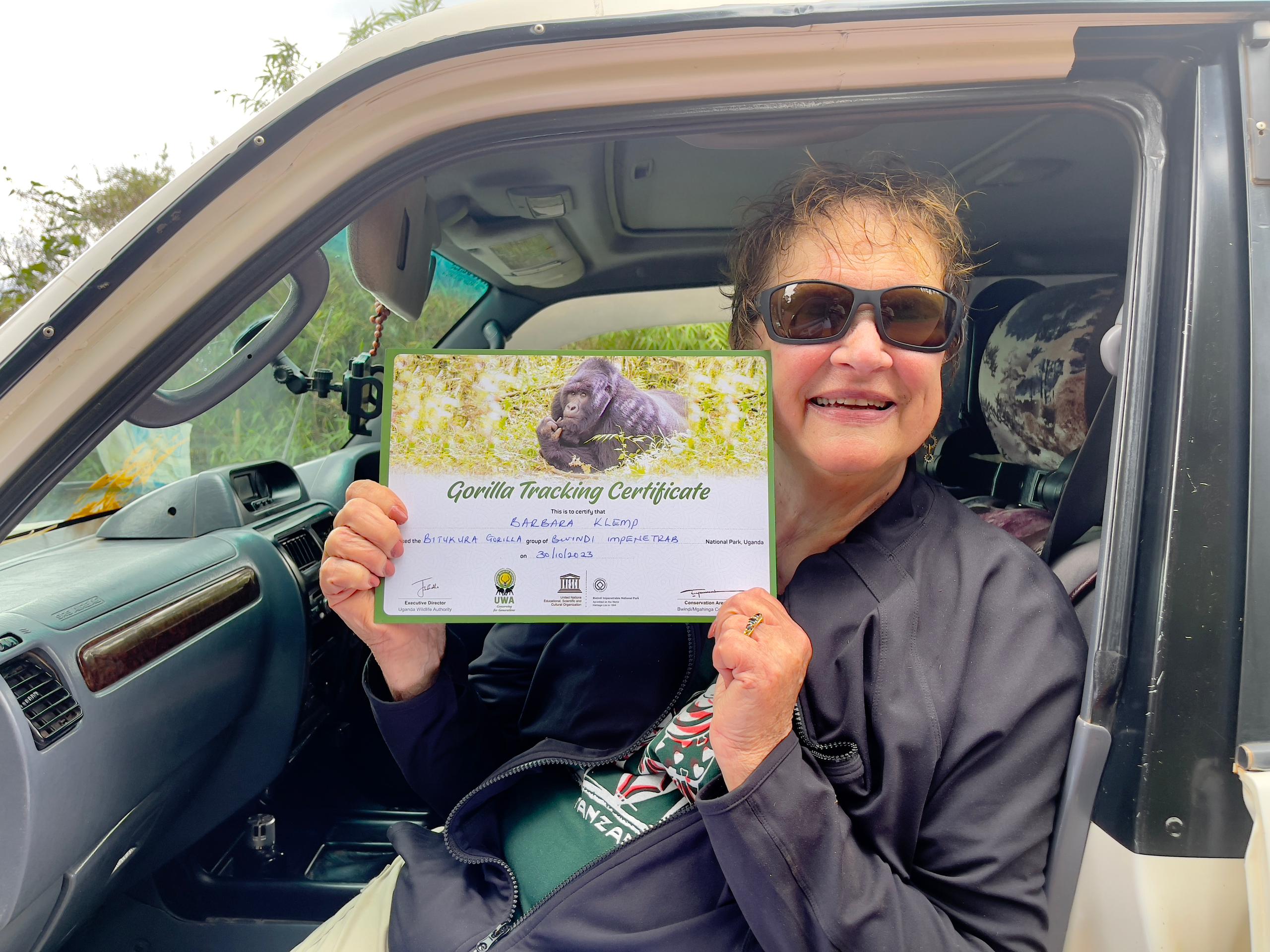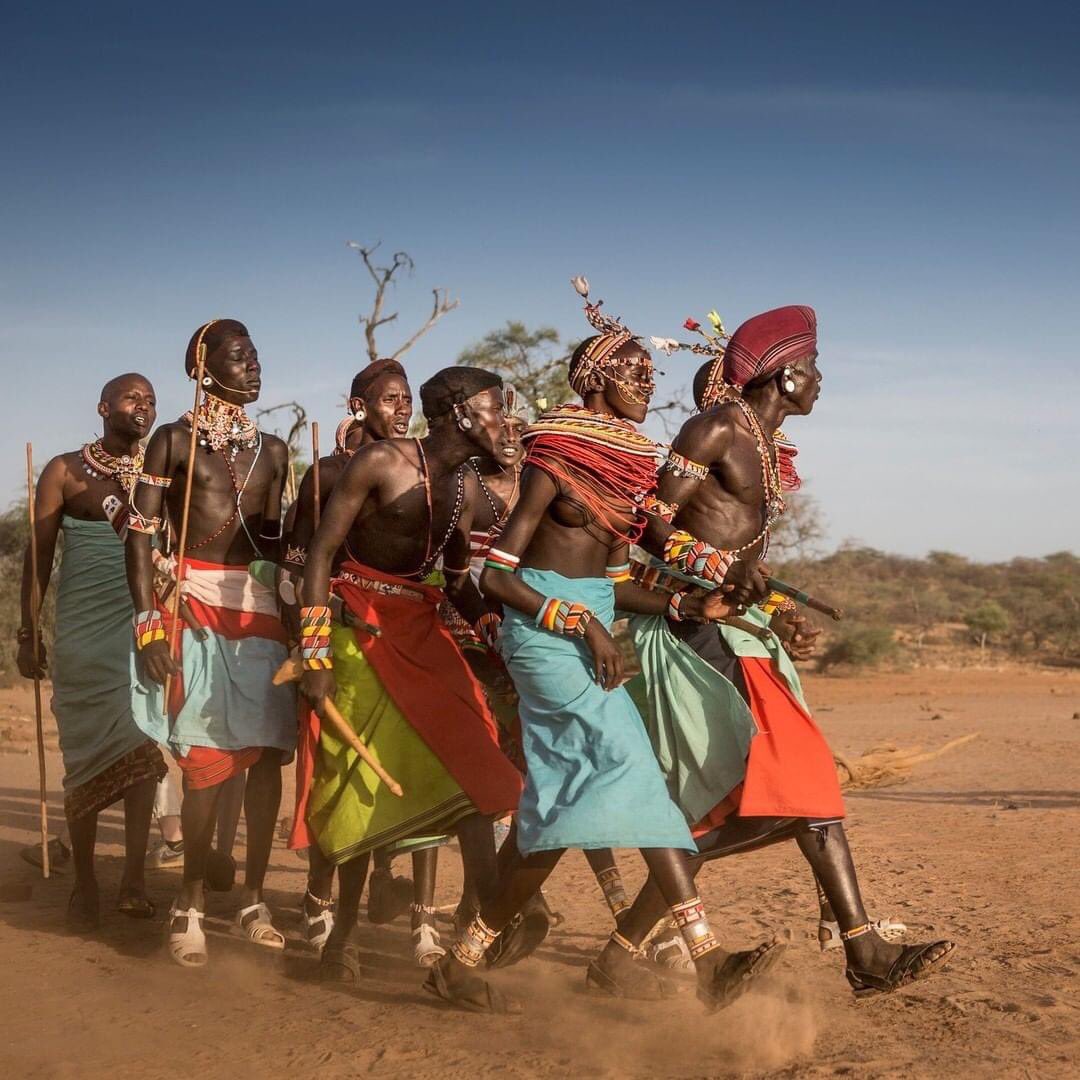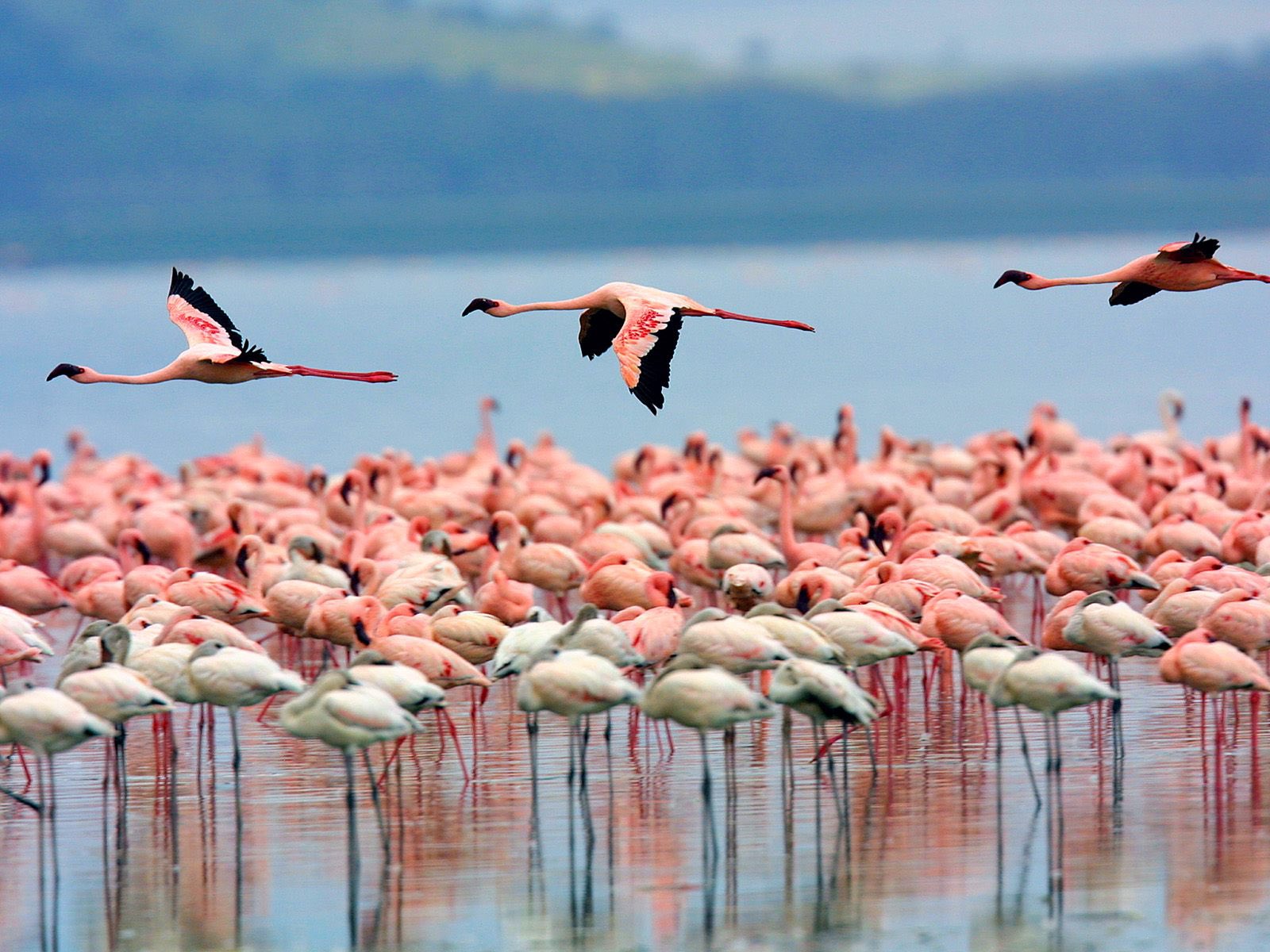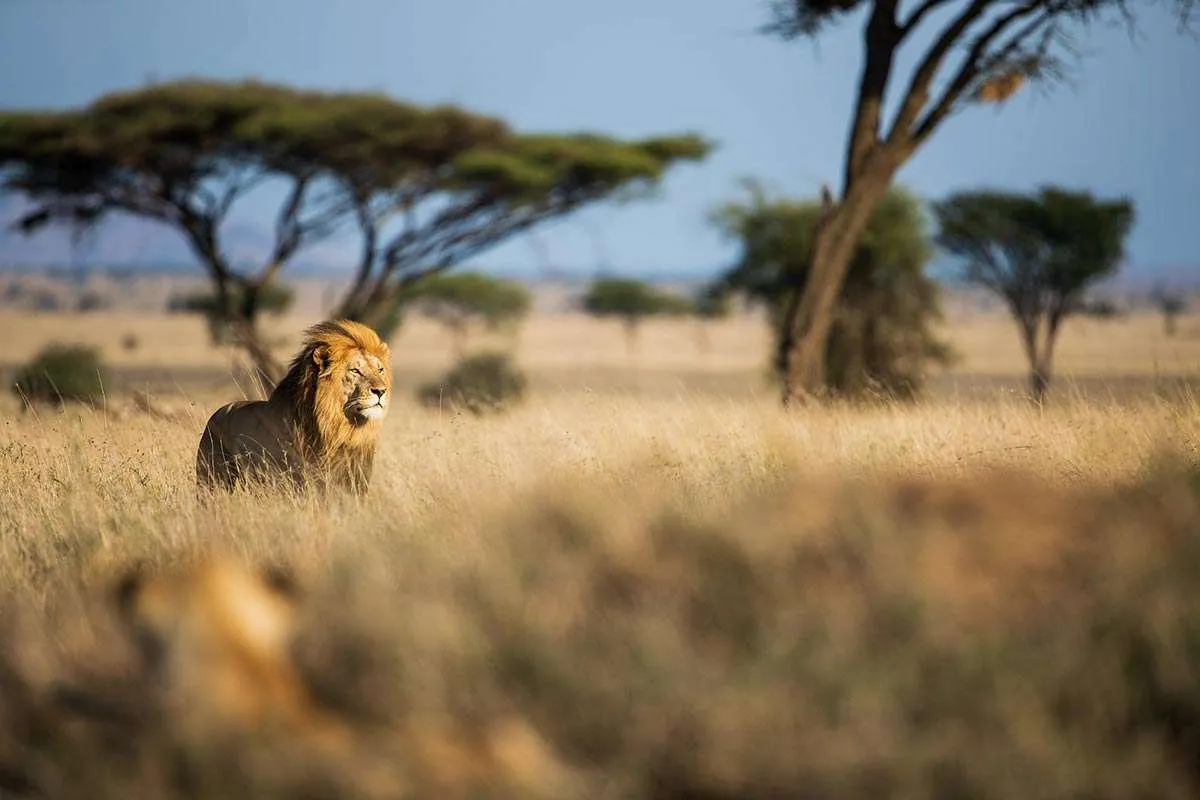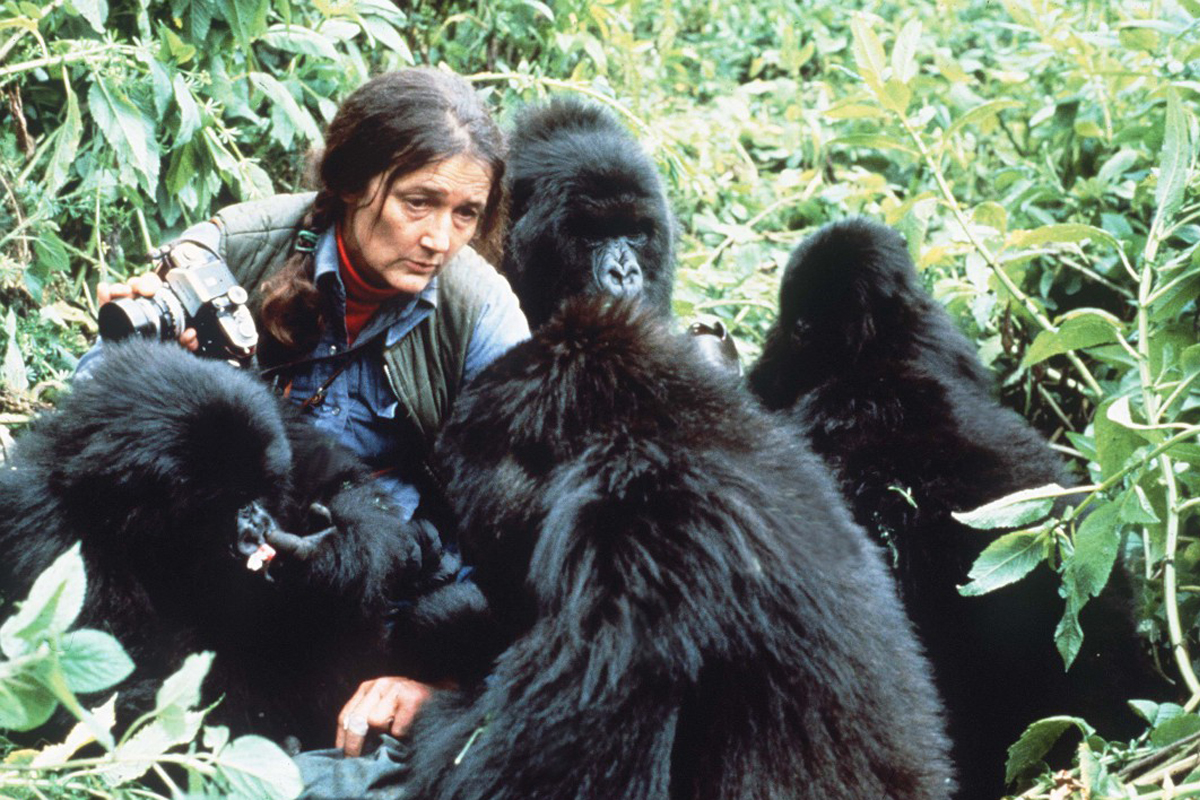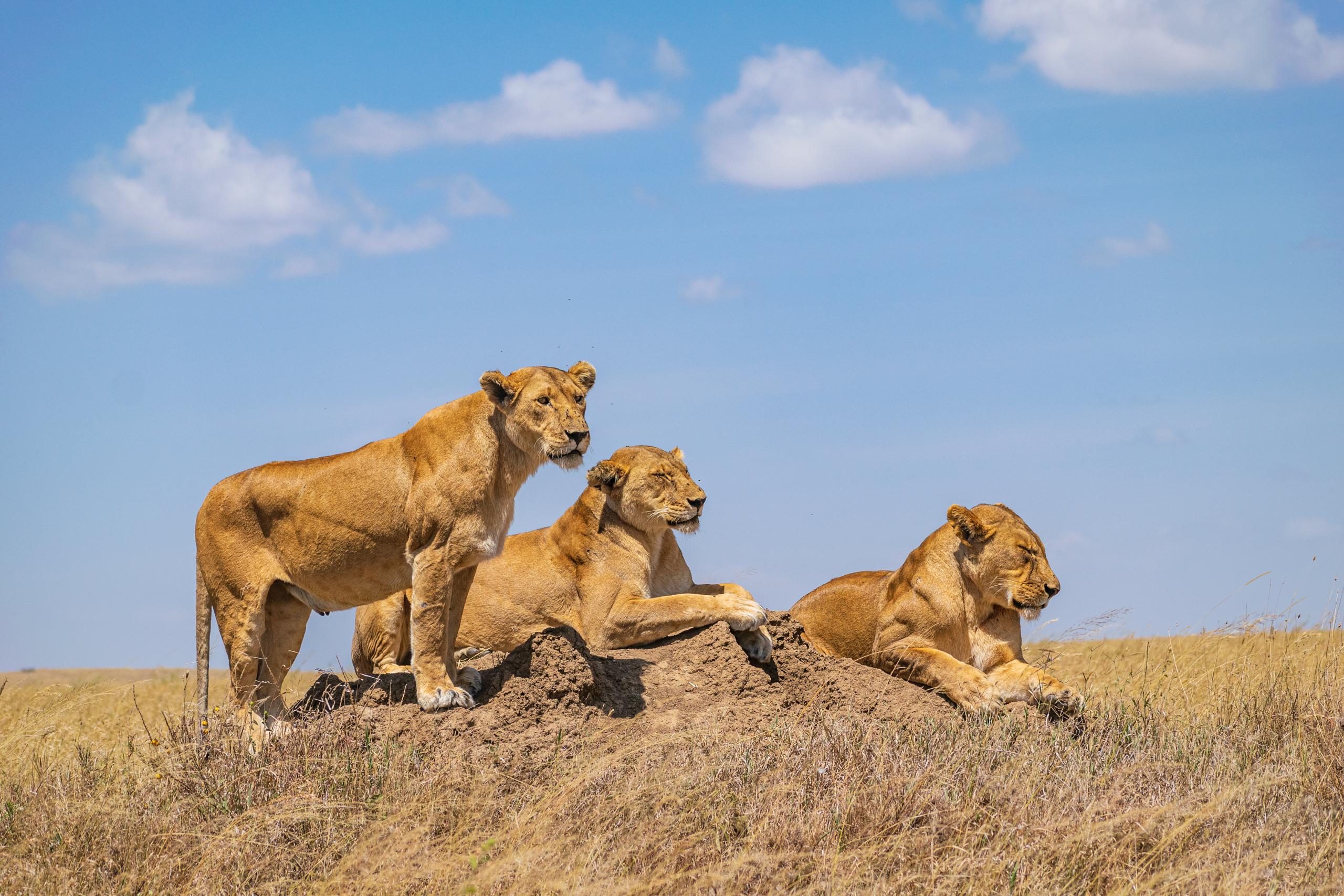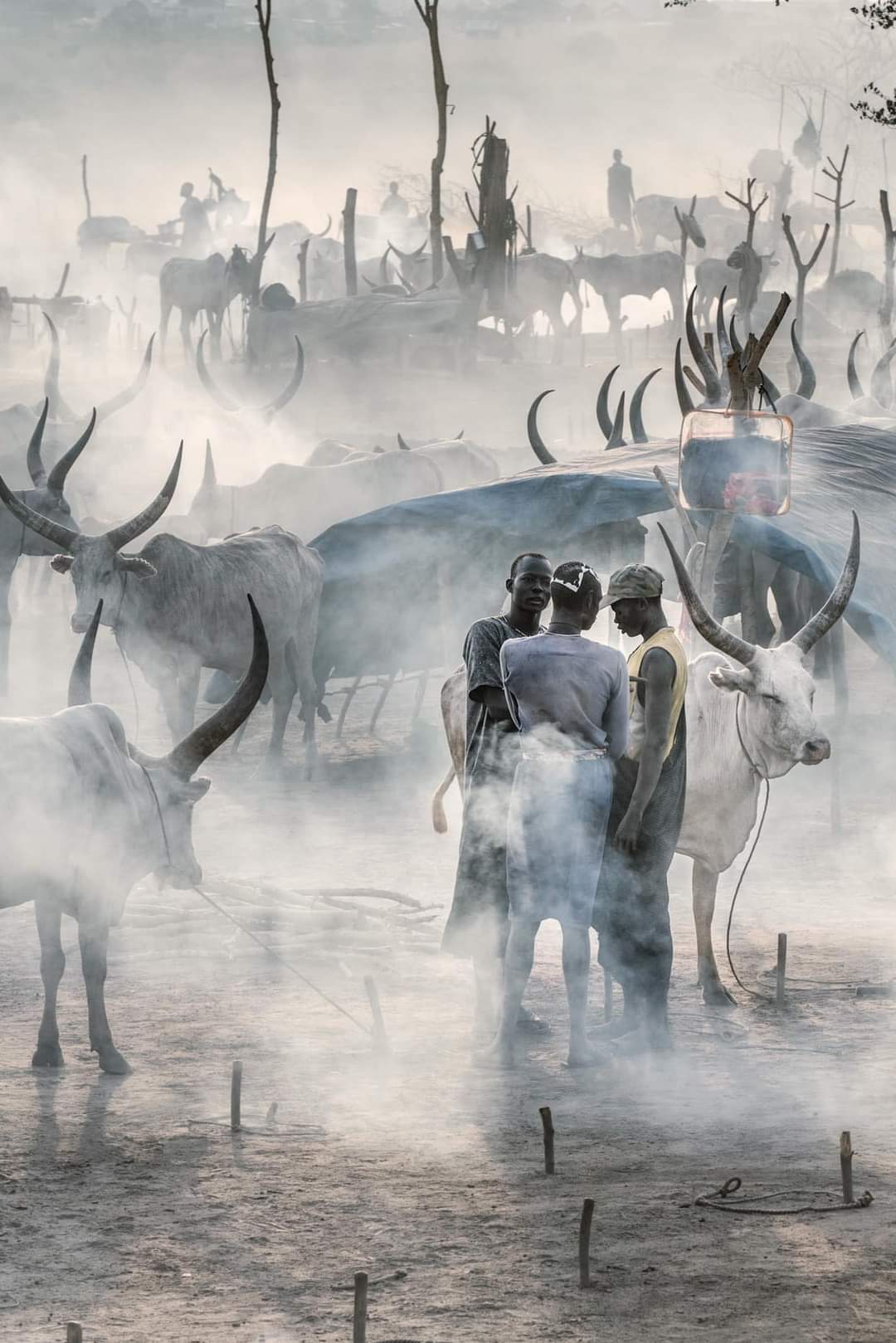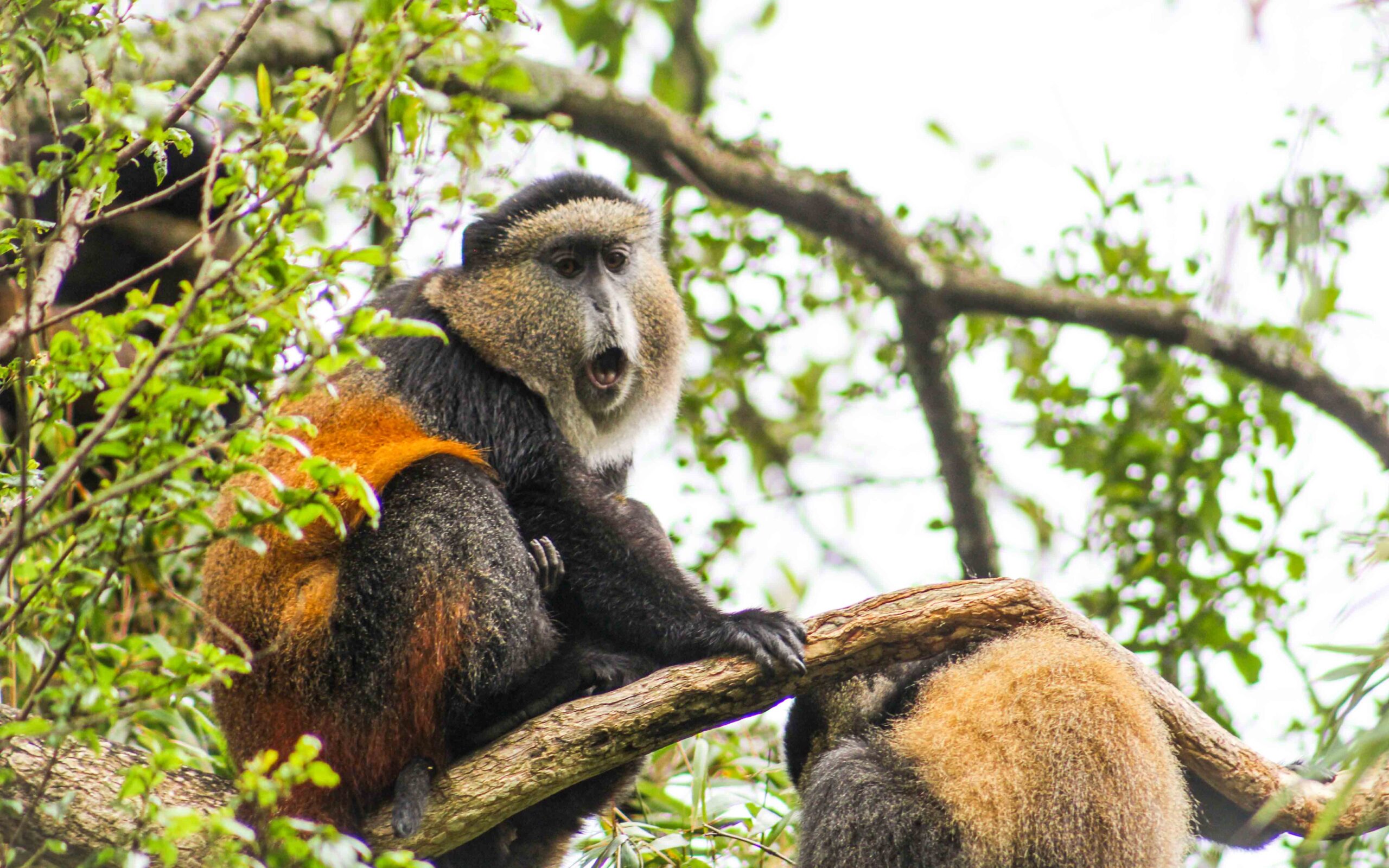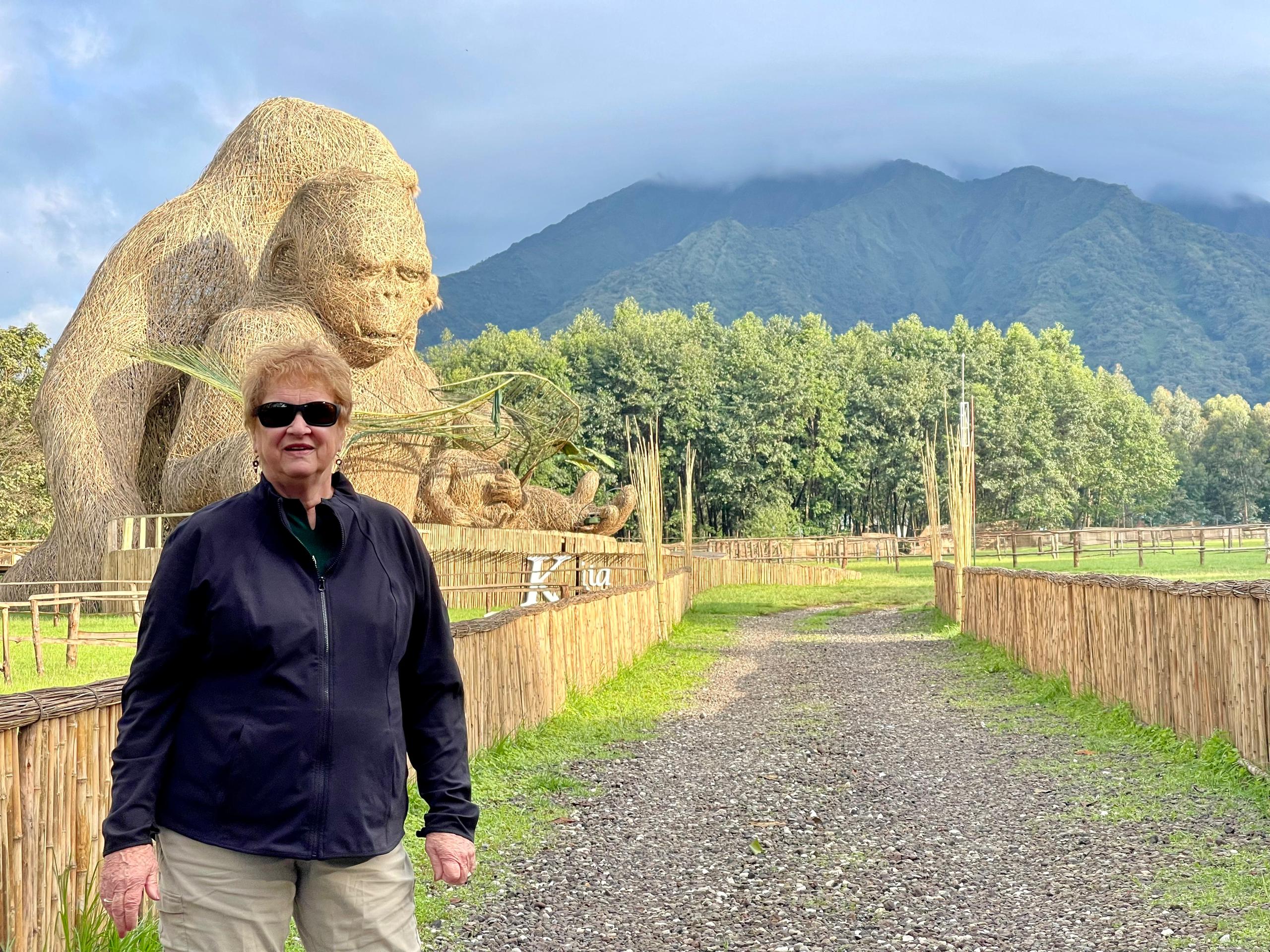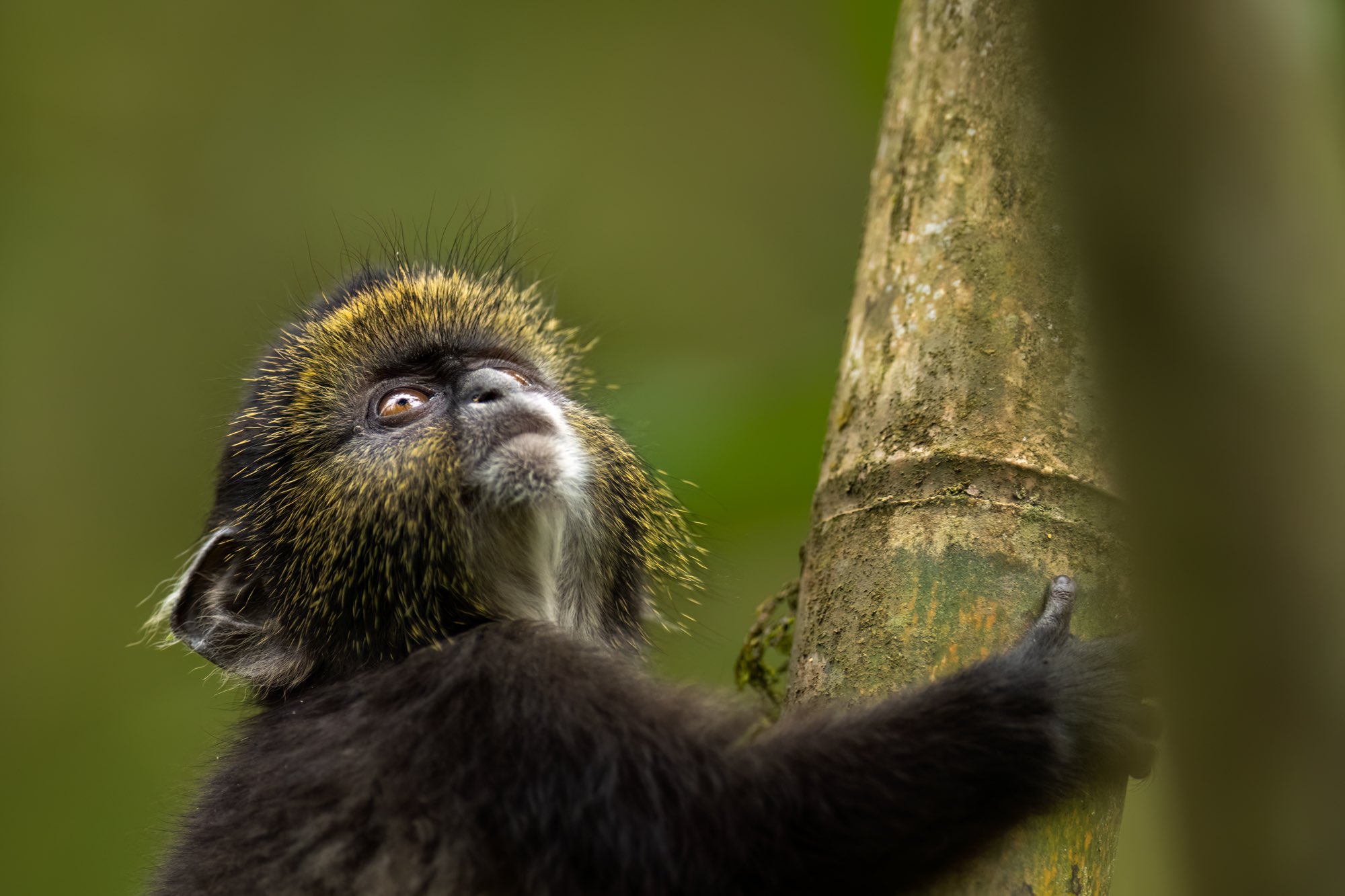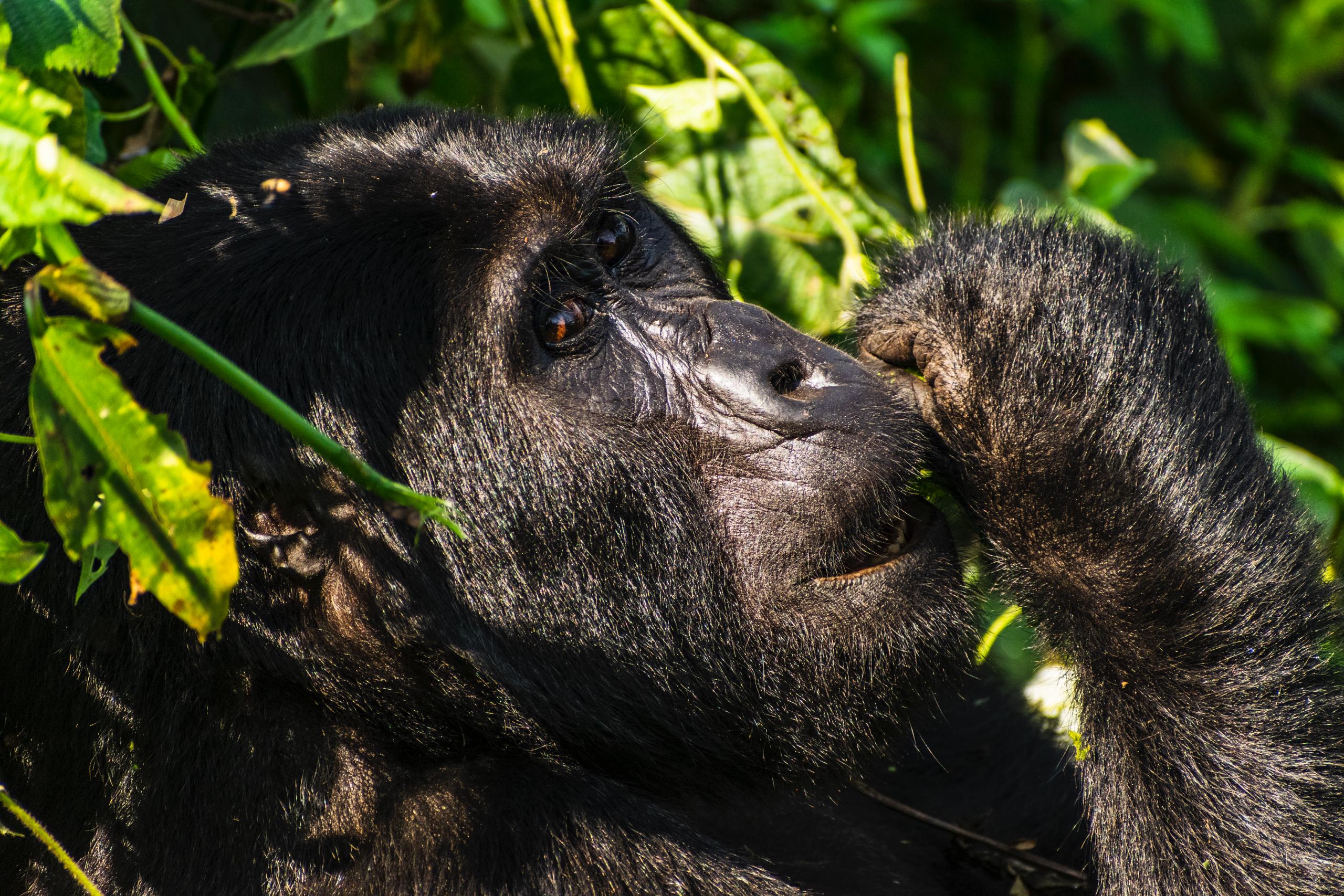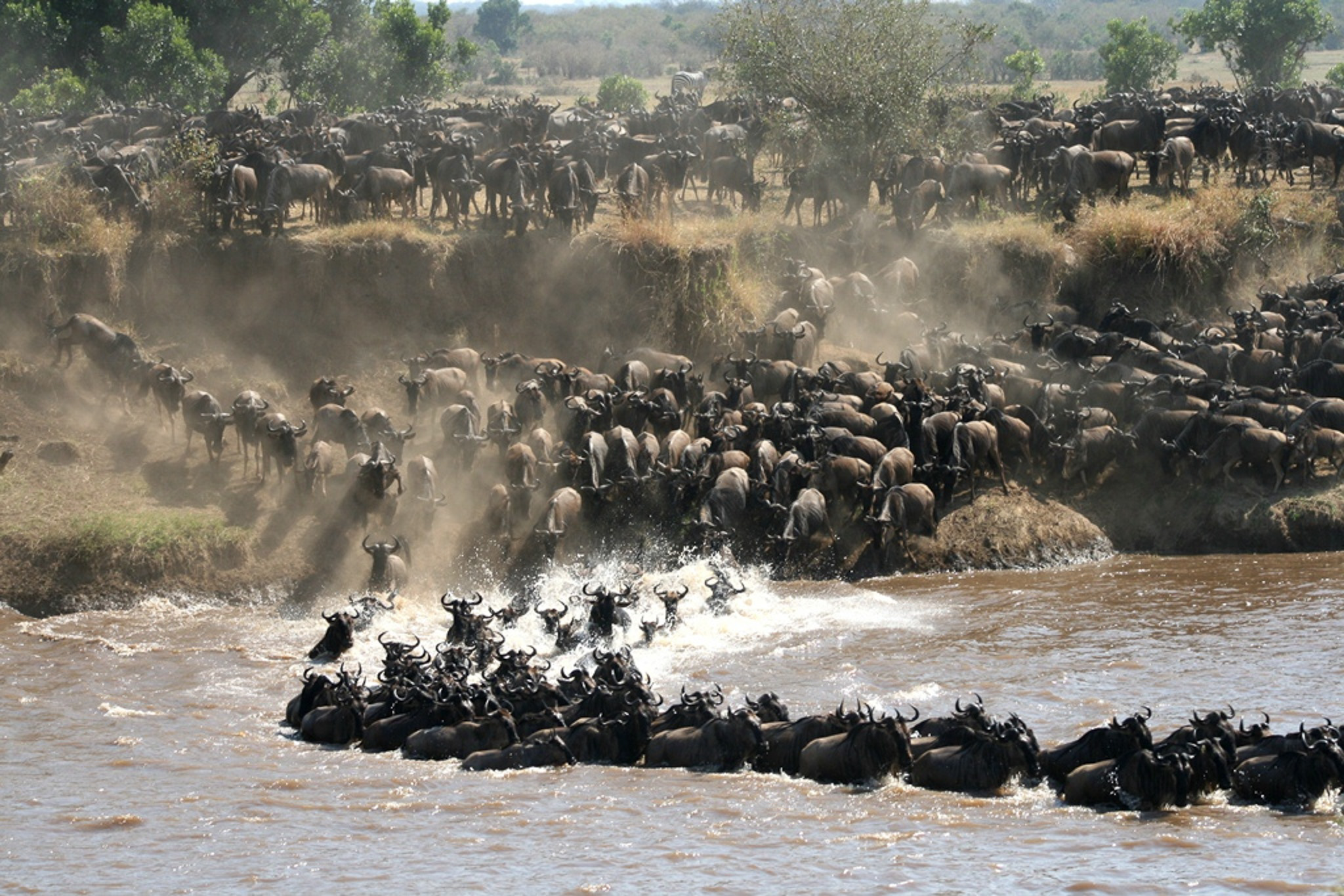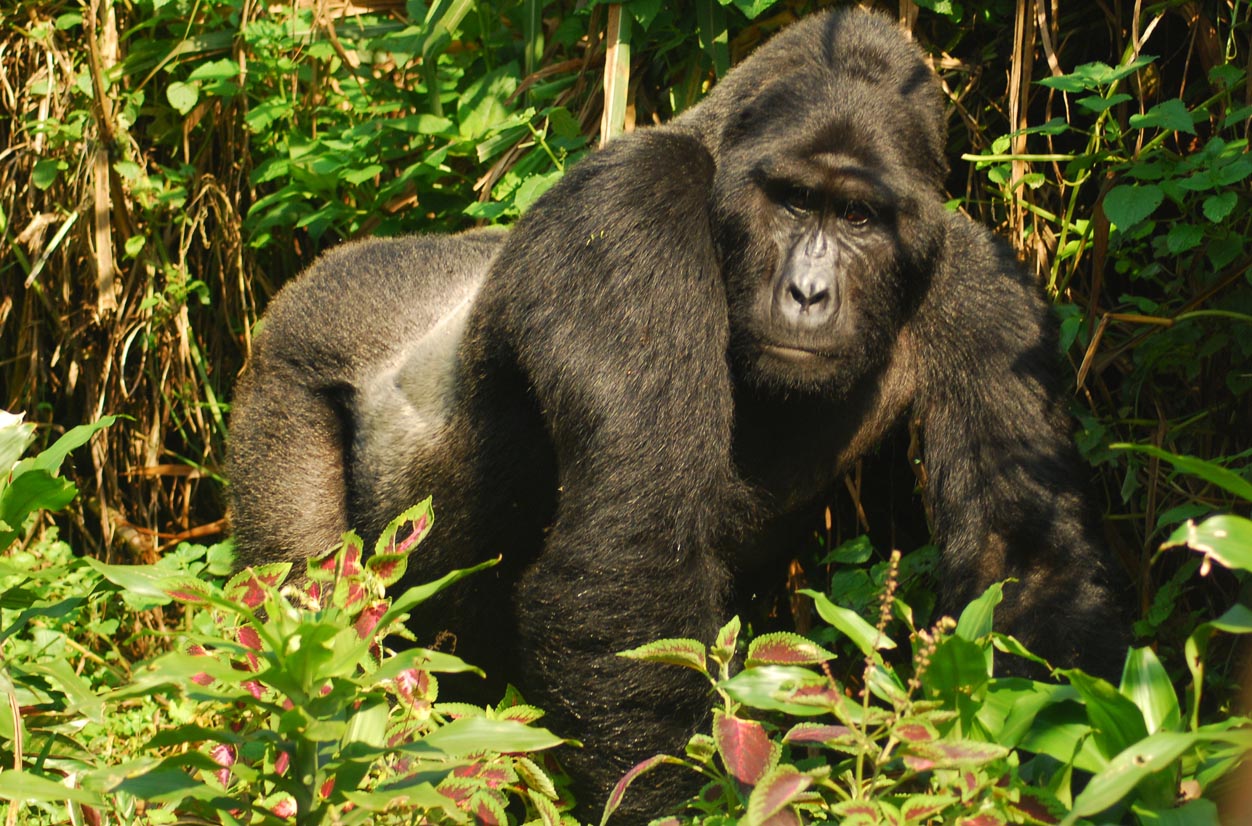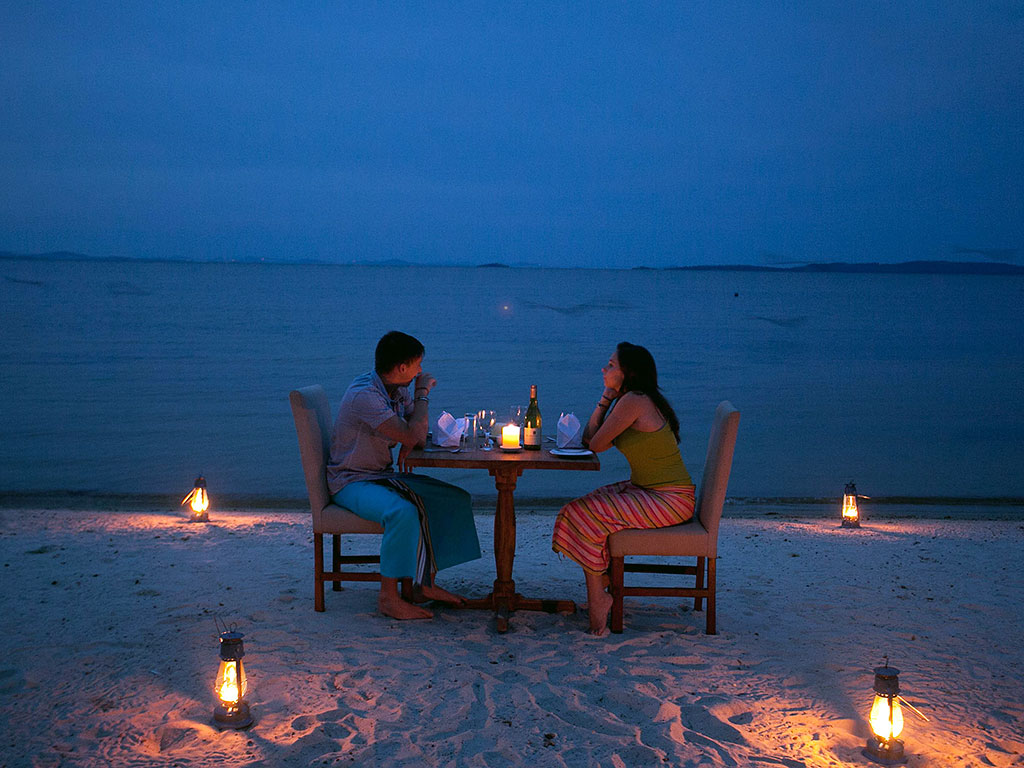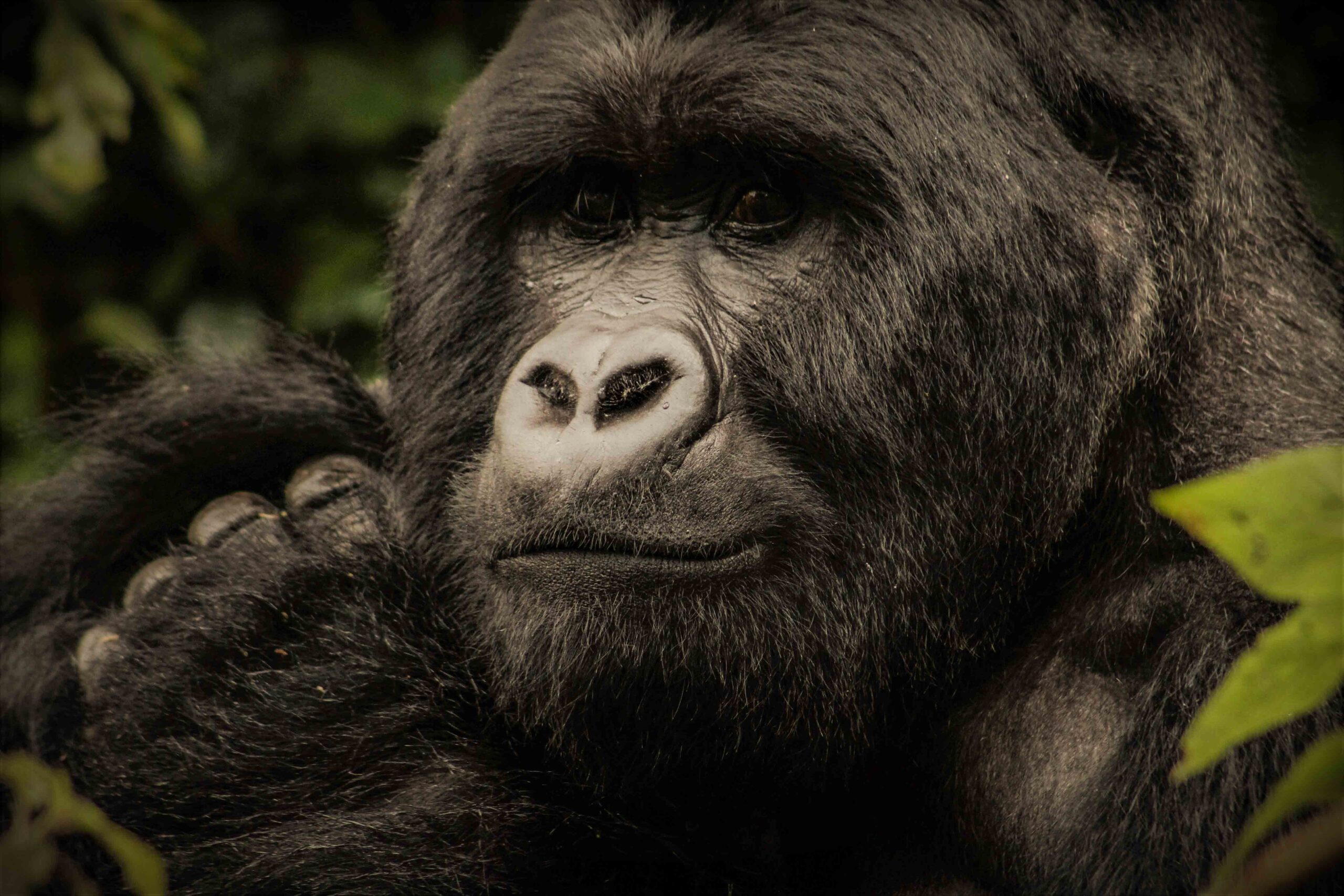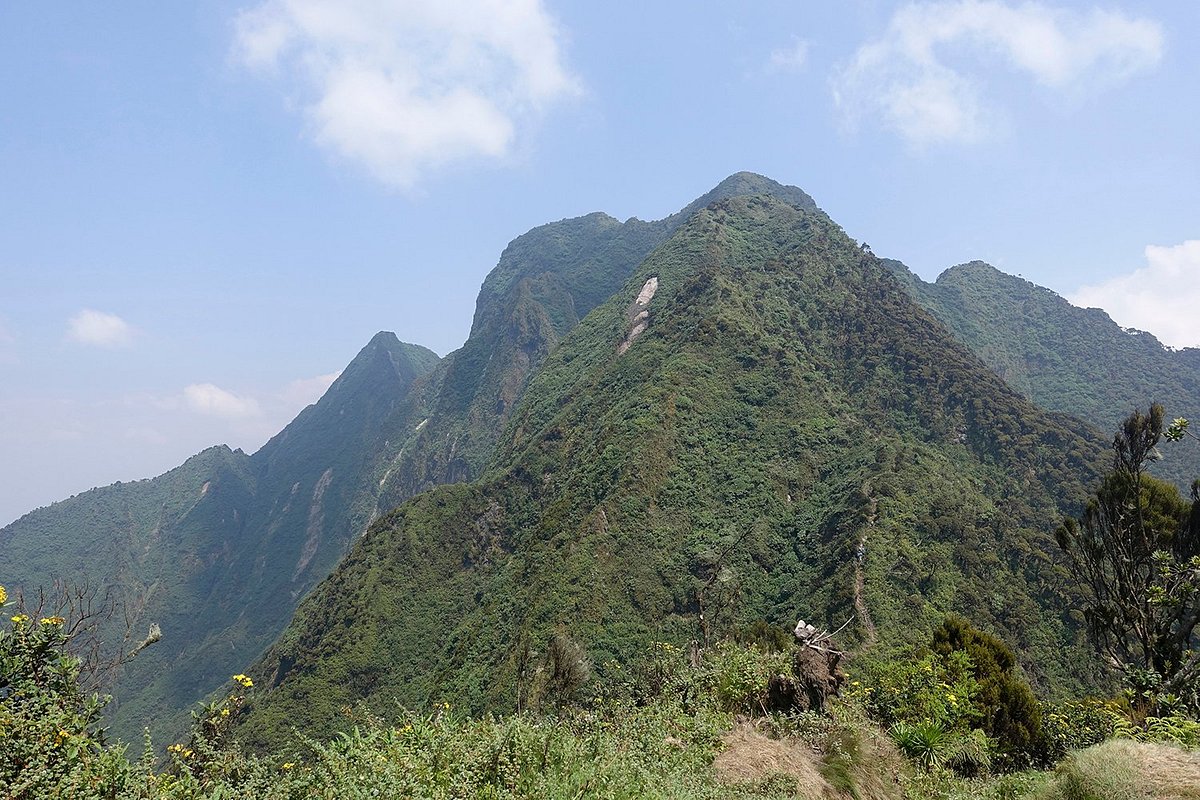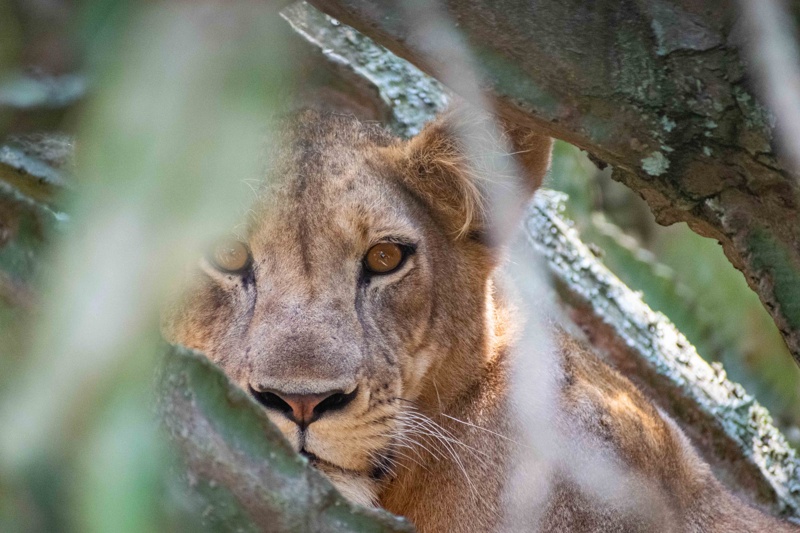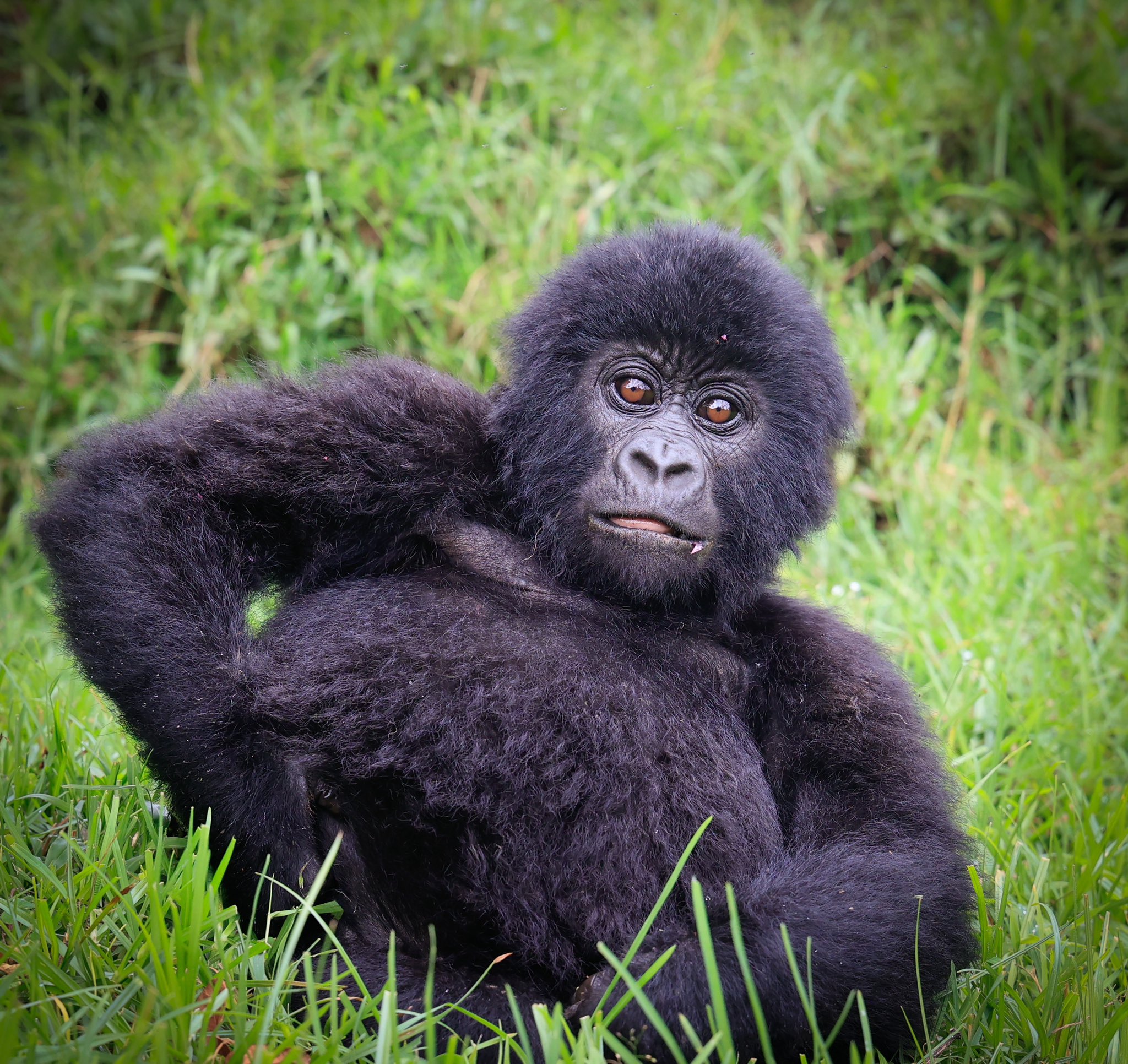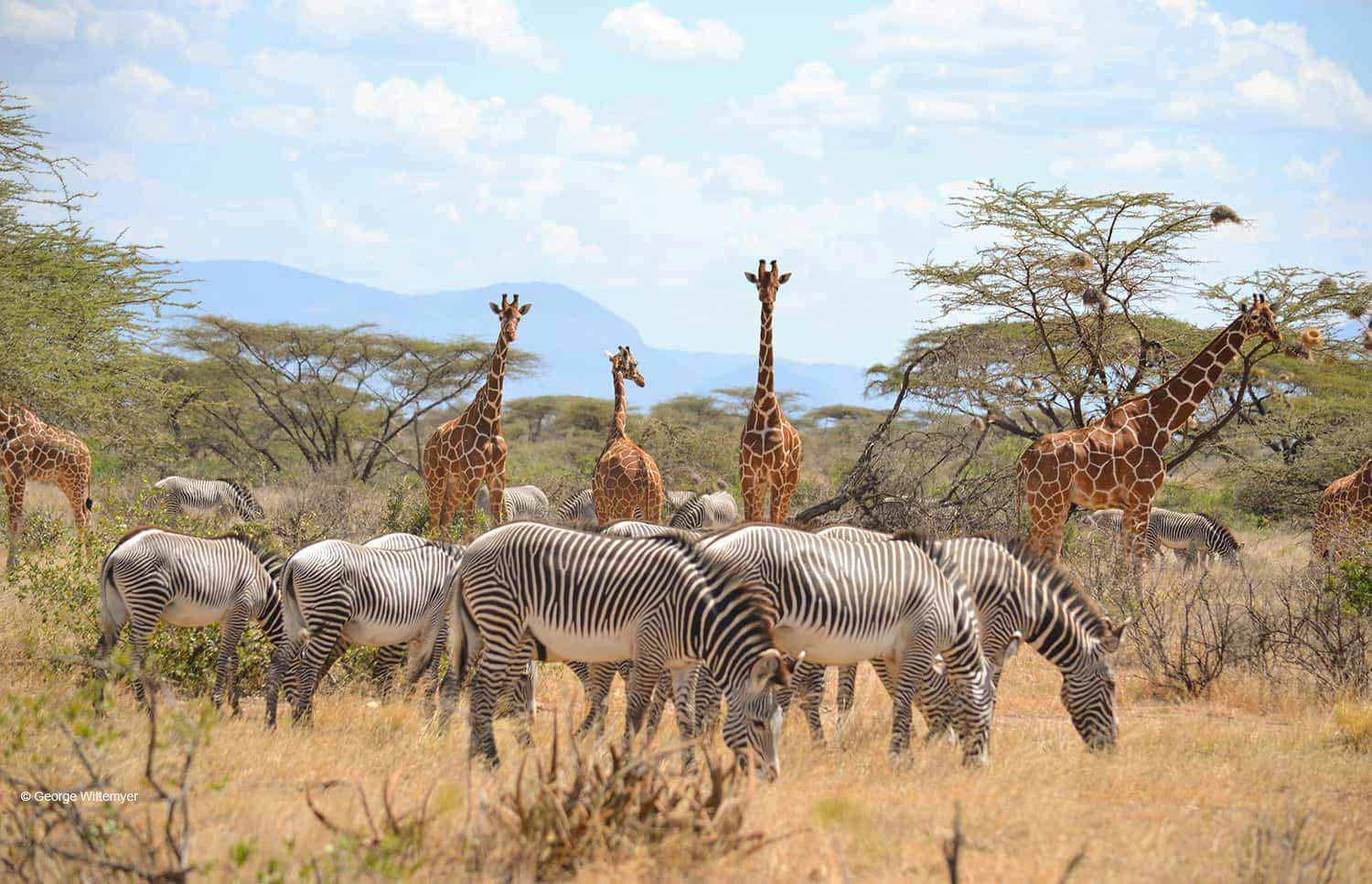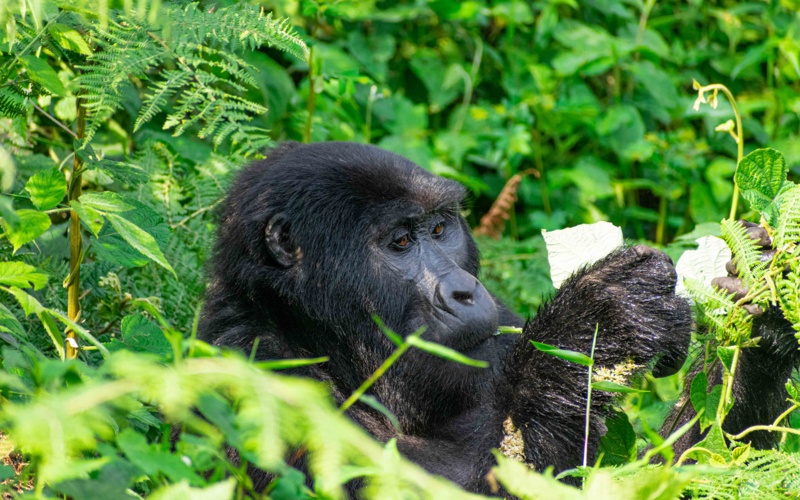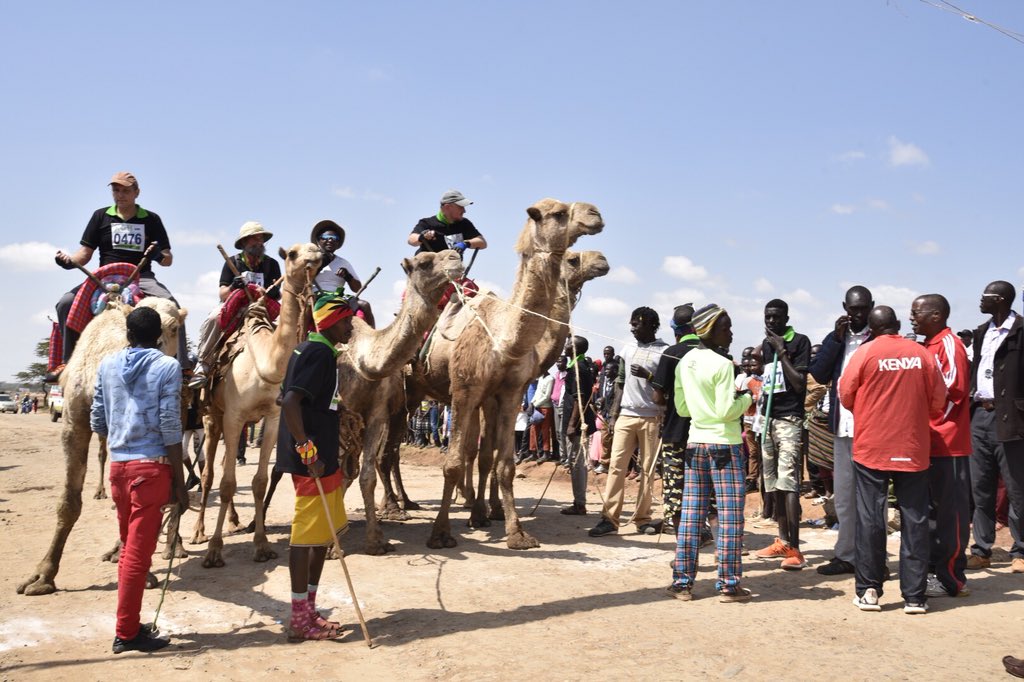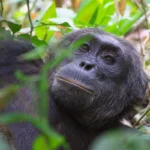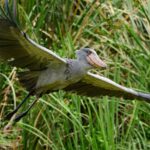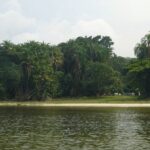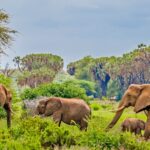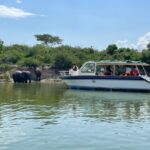Kazinga Channel is a wide long natural channel of about 32 kilometers that links two fresh lakes Lake Edward and Lake George and is a key feature in the great Queen Elizabeth National Park which spans districts of Kasese, Rubirizi and Kamwenge situated in the western part of Uganda.
Queen Elizabeth National Park is the second popular tourism destination in Uganda and the second largest and oldest national park in the country. Kazinga channel is a great and popular tourism attraction in Uganda and one can never miss out on it while visiting the Queens.
The long natural channel is exceptionally endowed with great wildlife and bird species while it carries pride in sheltering the world’s largest concentration of hippos about 2000 in number. The channel shores attract wildlife from Queen Elizabeth National Park and also act as their nearest water drinking source.
Several animal species like buffaloes, elephants, crocodiles, zebras, giraffes, antelopes, and monitor lizards can be sighted on the shores of the Kazinga channel during the thrilling boat cruising alongside several bird species.
Visiting the channel is one of the most fulfilling experiences as far as African safari tours are concerned since the channel attracts almost every mammal species one can imagine.
WHAT TO SEE AT THE CHANNEL?
Hippos are the dominant attractions of the long natural channel and the channel arguably harbours the highest concentration of these aquatic species in the world about 2000 in number. Various animals including Uganda kobs, antelopes, Nile crocodiles, warthogs, bushbucks, water bucks, water monitor lizards, elephants, and buffaloes can also be sighted on the shores of Kazinga channel.
Some of the aquatic bird species that can also be spotted along the channel may include the African crake, Common swift, African Darter, Three-banded plover, African Jacana, little ringed plover, black-headed gull, common house martin and more.
WHAT TO DO AT KAZINGA CHANNEL.
Bird watching. Kazinga channel is undoubtedly one of Ugandan’s great birding destinations and the channel attracts about 58 different bird species. Some of the bird species that can be sighted within and on the shores of Kazinga channel, especially during the boat cruises may include Black crake, saddle bill stock, African skimmers, yellow-billed stock, Jacana, open-billed stork, Marabou stock, pink backed pelicans, to mention but a few.
Boat cruising. A large number of visitors to Queen Elizabeth National Park admit they never miss out on cruising on the fresh cool waters of the Kazinga channel as it’s one of the best ways to fulfil one’s ultimate wildlife experience. The boat cruises at the natural long channel are organized in sessions depending on the visitor’s preferences and run from 9:00 am to 5 pm.
Each boat cruise session lasts for about 2 hours and there are two boat cruise options available for visitors. One can opt for a smaller or double-decker boat depending on their budget.
Fishing is one of the most popular activities taking place at Kazinga channel and while on the thrilling cruise, one shall sight fishermen using the local fishing methods for fishing or washing their nets in the water to embark on the activity.
There are also local fishing villages that can be seen in the neighbourhood of the channel. Hippos, buffaloes, elephants, and crocodiles, are some of the mammal species that can be sighted by visitors while on the cruise.
BEST TIME TO VISIT.
Kazinga channel is an all-year tourism destination and the stunning channel in the western part of Uganda can be visited throughout the whole year. However, the best time for the ultimate wildlife experience is the dry season of the year.
During the dry period of December to February and July to September, the lush vegetation around the channel almost dries out hence giving visitors the most spectacular views of several animal and bird species, especially on the shores of Lake Edward and George.
The trails are dry and not muddy like during the wet season hence enabling visitors to have easy access to the destination. It’s during the dry season that a large number of animals from the Queen Elizabeth National Park will congregate in large numbers on its shores for water drinking, food and bathing.


